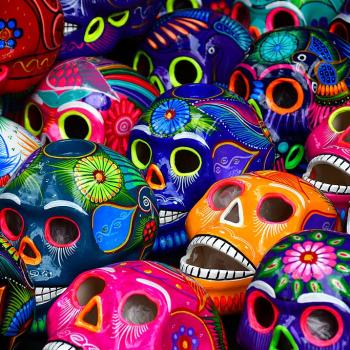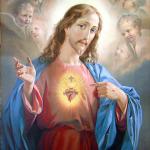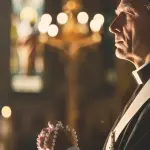In the nineteenth century, an era steeped in the language of religious and Platonic eros, two men or–even less suspiciously–two women could sustain such a sexually ambiguous relationship with impunity. They might even regard the relationship as more intense because more pure, so to speak. Thus we find Edmond Lepelletier pointing to Letinois as evidence of Verlaine’s elevated affection for other men, rather than of his homosexuality. He even tries to desexualize Verlaine’s love for Rimbaud, but with no great persuasiveness. Modern biographers, however, are loath to believe that such a homosexual desire can exist happily, and this disbelief strikes me as homophobic. Even today, the figure of the homosexual is so saturated with sexuality in the popular imagination that the very possibility of religious faith or chaste devotion in gay men is held to be highly improbable. Like everyone else, homosexuals eroticize religion, eroticize fatherhood, eroticize friendship, and eroticize aesthetics, but only through the utmost discretion are they allowed to get away with it. Gay men as a rule are not permitted to sublimate.
–Ellis Hanson, Decadence and Catholicism, yes I’m finally reading it











